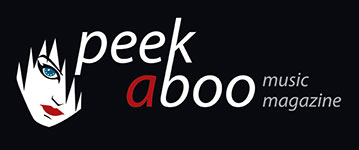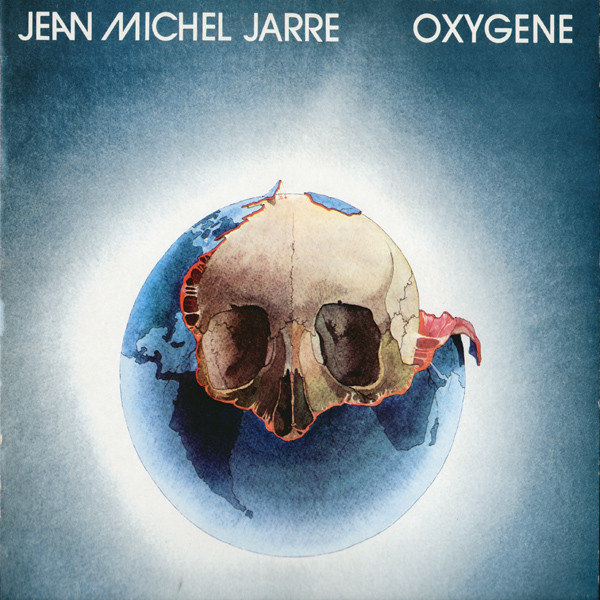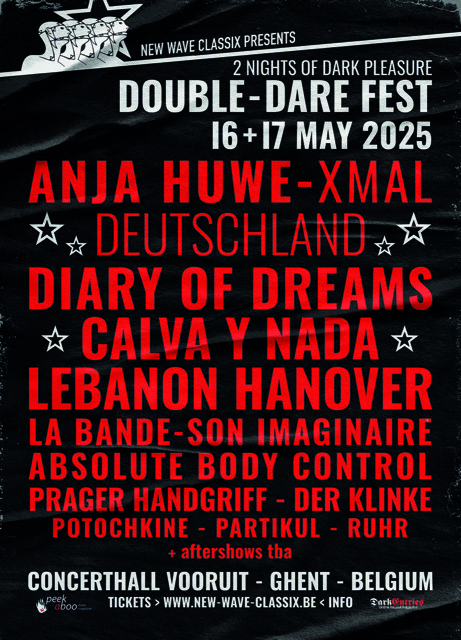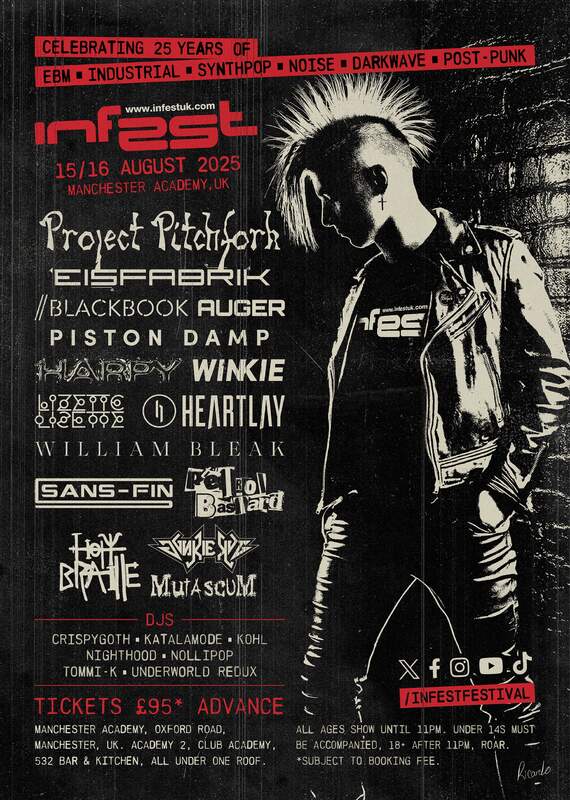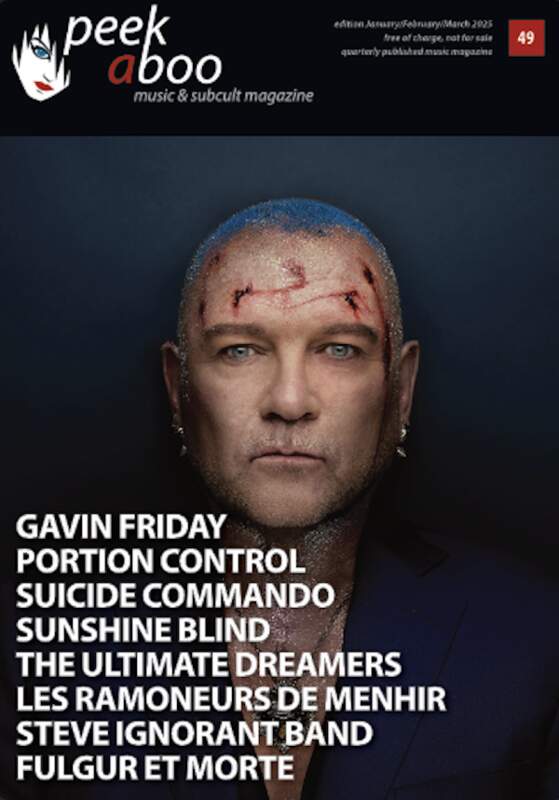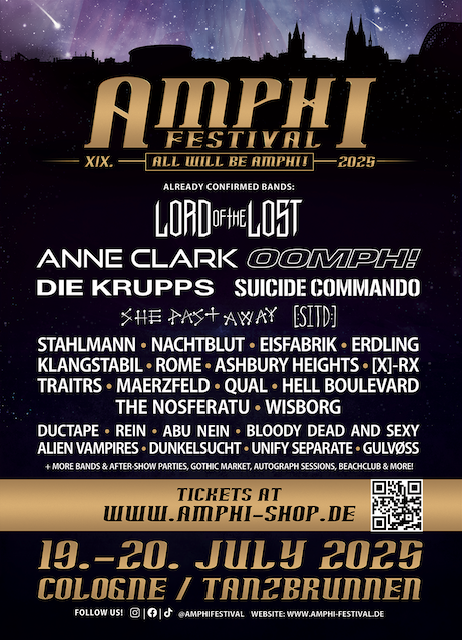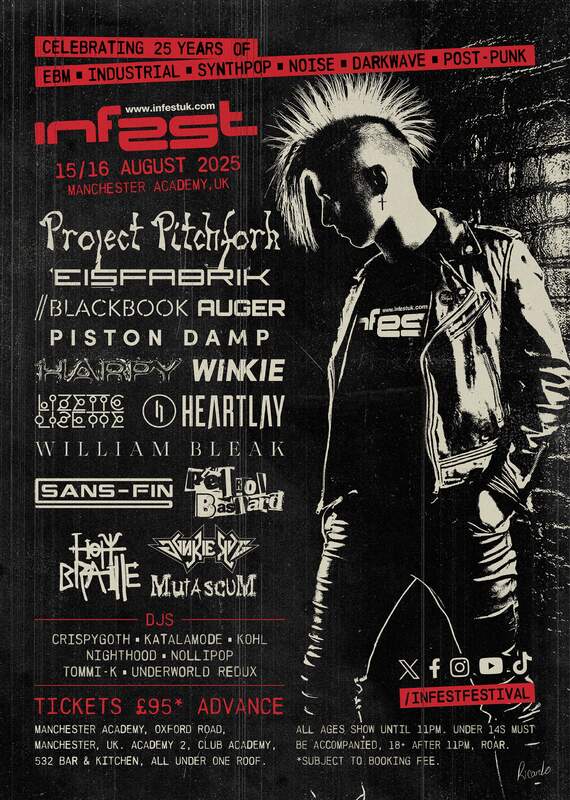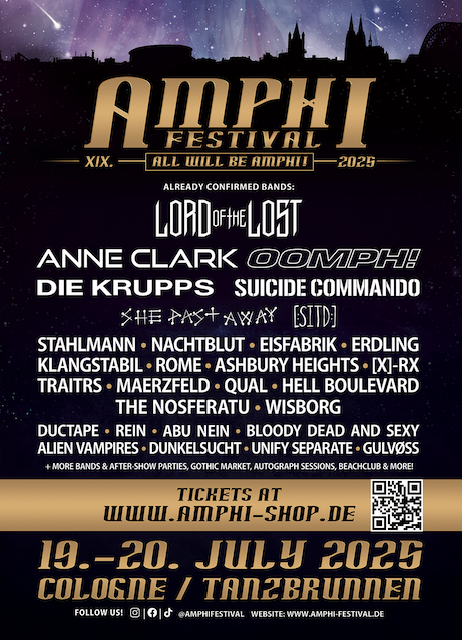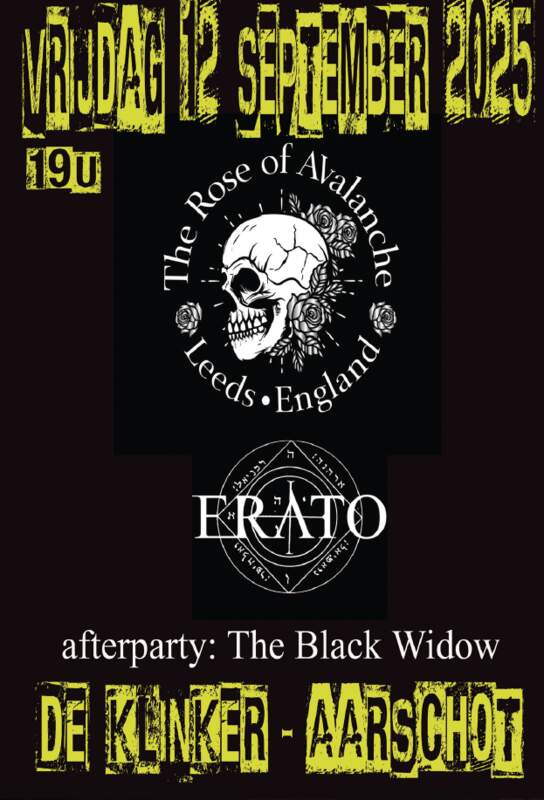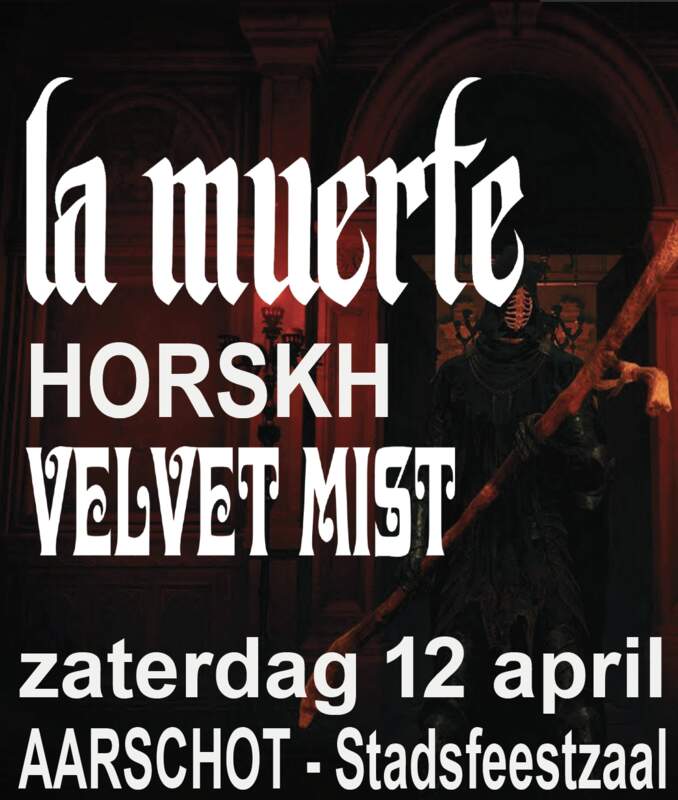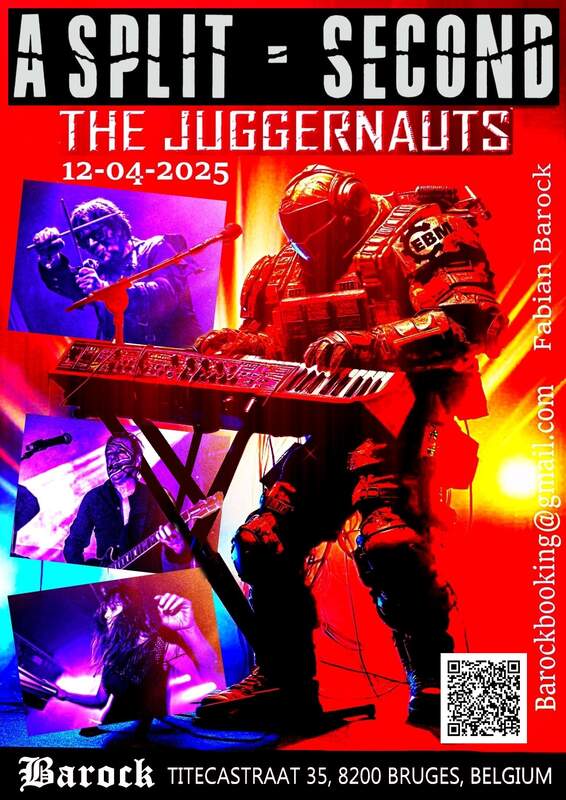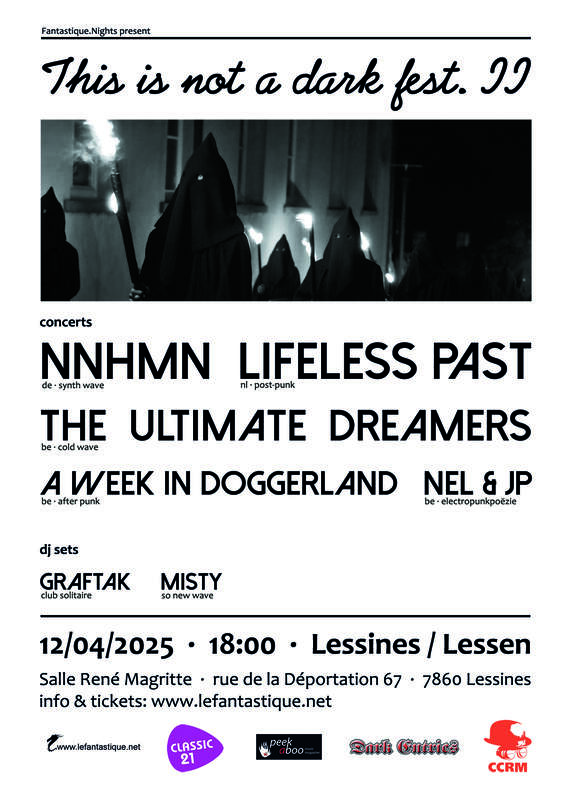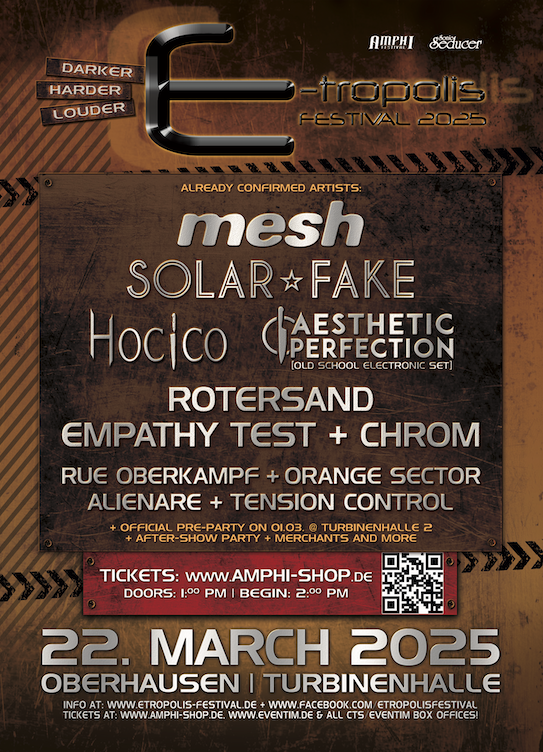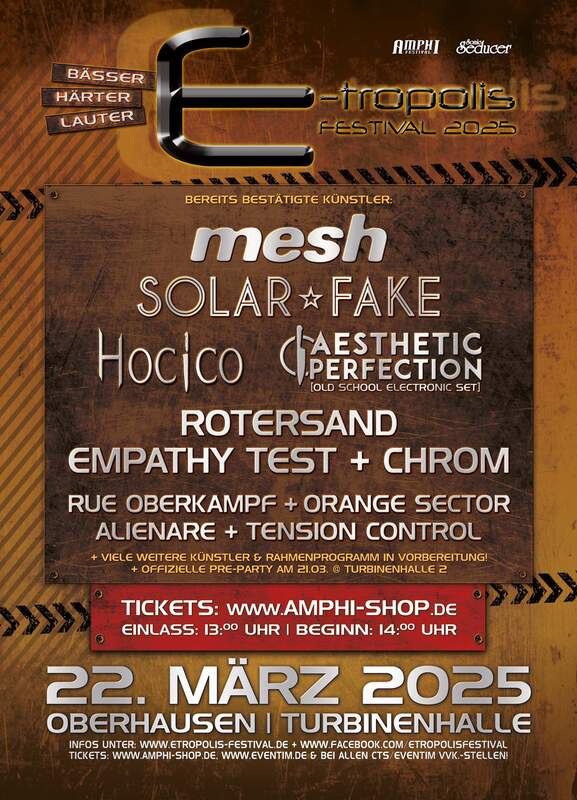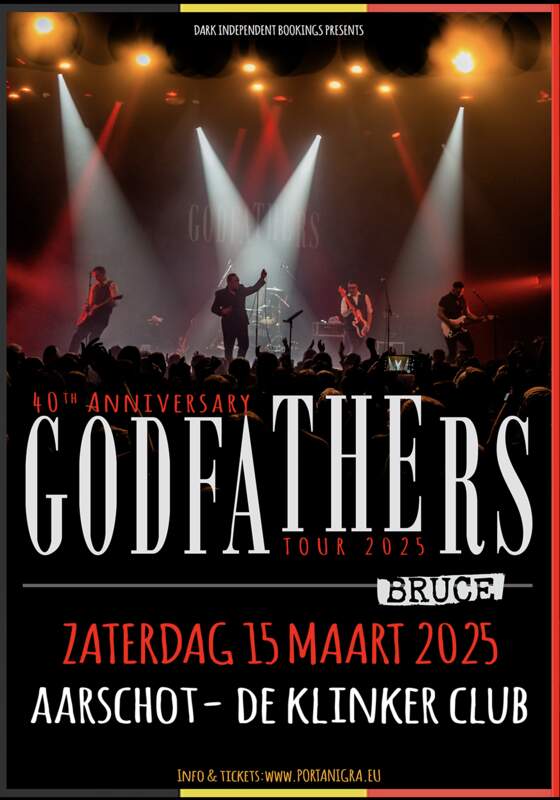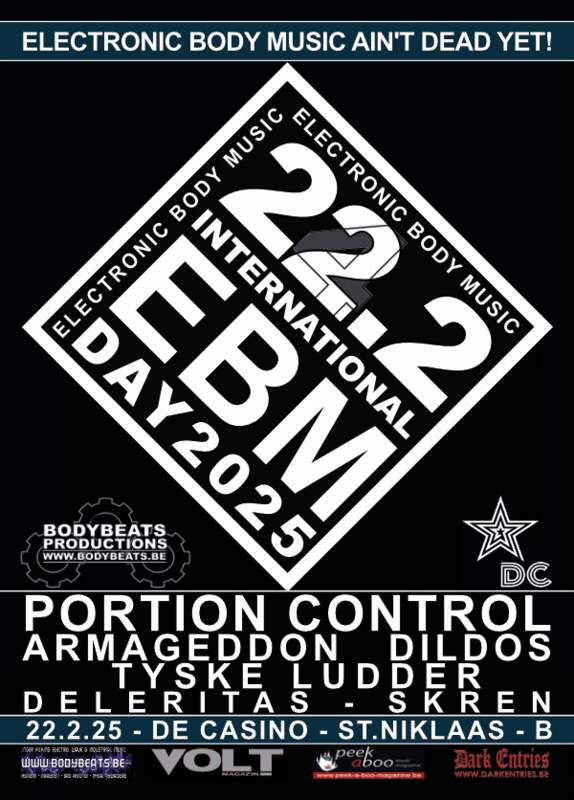This day 46 years ago Jean-Michel Jarre released the electro-ambient masterpiece known as Oxygène (5 December 1976, Les Disques Motors / Polydor).
It was the French-composers first release which was not intended as a soundtrack, a front-runner in electronic music, the album which brought Jarre into the mainstream almost overnight was also overlooked in certain parts of the world upon release, as it coincided with the surge in the punk-movement but unmistakable in the delivery and synth advances.
Though it did go on to sell fifteen-million copies, a remarkable feat for an album without a singer, lyrics or even a guitar, in the nineteen-seventies this was almost unheard-of, Kraftwerk had incorporated guitar, drums and violins into their work as to did Tangerine Dream, then again these are bands and Oxygène was composed, constructed and produced by a single individual.
The modern-day Mozart created a landscape of sound embedded with his own unique charm, created through the VCS synthesizers, mellophonium, mellotron and programmed rhythms it was a complete electronic production unlike those of his counterparts such as Mike Oldfield, this was a record relying solely on technical advances. However, the studio used to record the album was Jean-Michel Jarre’s own kitchen in his apartment using an eight-track recorder,
Without a track-list as such only a breakdown of six-segments (Parts I-VI) the most famous of course the dance-floor filling “Part IV” released as a single in 1977 and going top-ten in most European-territories, this joyous crescendo is another instantly recognized piece of music.
The inspiration for the album came from a painting by Michel Granger, that painting adorns the album cover, instantly recognized , a precursor to the climate-change movement revealing death as the earth is ravaged, as resounding an image as it is, Jarre also foretold the future in the very-fresh sounding album.
Oxygène (Original 1976 Track List)
Side One
Oxygène (Part I) – 7:40
Oxygène (Part II) – 7:39
Oxygène (Part III) – 3:20
Side two
Oxygène (Part IV) – 4:03
Oxygène (Part V) – 10:26
Oxygène (Part VI) – 6:22
DISCOGS
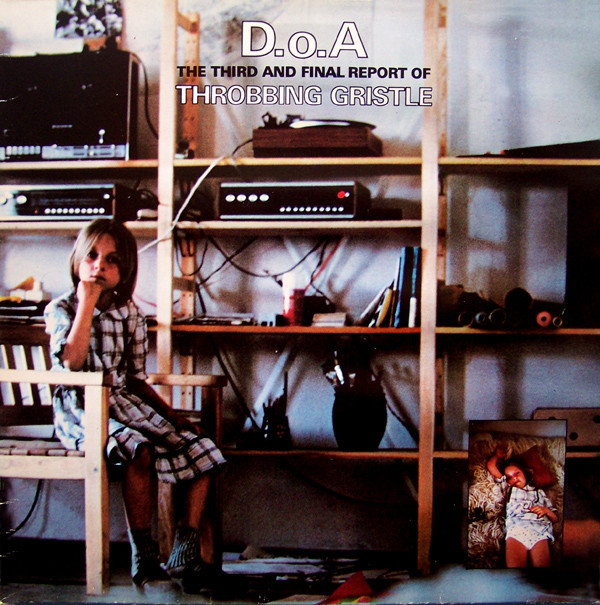
44 years ago, Throbbing Gristle released their second studio album D.o.A: The Third and Final Report.
44 years ago, on the 4th of December 1978 Industrial music pioneers Throbbing Gristle released their second studio album D.o.A: The Third and Final Report on their own label Industrial Records. Although, like the previous album The Second Annual Report, this album is also a mixture of recorded live and studio material, albeit more stylisticly varied.
From the first pressing of 3000 copies, the first 1000 mail-order copies came with a wall calendar featuring a little girl sitting on a bed (IR0004). In 1979 there was a reprint of another 1000 copies that were recut in such a way that it looked as if the album seemed to have 8 tracks of equal length on side one and 7 tracks of equal length, plus a very short eighth track, on side two. But patterns that appear in the groove do not match the actual song beginnings and endings so it was nicknamed ‘The DJ Confusion edition”. However it’s has been called 'Structuralist Spirals' edition in TG's official discography.
Another striking example of TG's contrarianism and anti-commercial attitude is that they put their first, and also one of their most accessible and successful singles, “United” on this album... but applied fast forward making the song last barely 16 seconds.
Nevertheless, the overall reception was positive and the album got from 3 to 4 star ratings by most renowned music magazines like, for instance, All Music and even a 9.5/10 score from Pitchfork Magazine. The album was also included in the book 1001 Albums You Must Hear Before You Die.
D.o.A: The Third and Final Report (LP - IR00004)
| A1 | I.B.M. | 2:34 |
| A2 | Hit By A Rock | 2:29 |
| A3 | United | 0:16 |
| A4 |
Valley Of The Shadow Of Death |
4:03 |
| A5 |
Dead On Arrival |
6:03 |
| A6 |
Weeping |
5:27 |
| B1 |
Hamburger Lady |
4:25 |
| B2 |
Hometime |
3:37 |
| B3 |
AB/7A |
4:25 |
| B4 | E-Coli | 4:10 |
| B5 | Death Threats | 0:43 |
| B6 |
Walls Of Sound |
2:49 |
| B7 | Blood On The Floor | 1:07 |
Throbbing Gristle:
Genesis P-Orridge (†14.03.2020) – vocals, bass guitar, violin, effects, production
Cosey Fanni Tutti – lead guitar, effects, tape, production
Chris Carter – synthesizer, electronics, tape, production
Peter Christopherson (†24.11.2010) – tape, electronics, production
DISCOGS
FG 2021
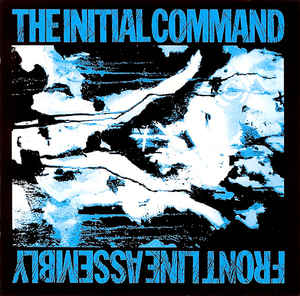
This month, 35 years ago, Front Line Assembly released The Initial Command.
This month it's 35 years since Canadian industrial band Front Line Assembly released their first official album The Initial Command (December 1987) on the since discontinued Belgian cult label KK Records. In fact it was also the first KK record release bearing the catalogue number KK001.
Before this album the band released only two demo tapes called Nerve War and Total Terror. The music on this release was mainly composed by Bill Leeb, but also with help from his future partners in crime Rhys Fulber and Michael Balch on some tracks.
On The Initial Command we can hear a very dark and deep EBM sounding Front Line Assembly which may remind you of the sound of Cabaret Voltaire during their Crackdown era but even more deep and dark. The tracks Black March and No Control are certainly a sort of forecast of the harder tracks they were about to release in the following decades.
Since the 1987 release of The Initial Command, the album has been re-issued twice. The first re-release, in 1992 by Third Mind Records, contained no changes. The second re-release, in 1997 by Cleopatra Records, contained two new tracks and new cover art.
The Initial Command (1987)

| 1. | "The State" | Bill Leeb, Rhys Fulber | 6:16 |
| 2. | "Insanity Lurks Nearby" | 6:10 | |
| 3. | "Casualties" | Bill Leeb, Rhys Fulber | 4:46 |
| 4. | "Ausgang Zum Himmel" | Bill Leeb, Rhys Fulber | 7:14 |
| 5. | "Nine Times" | 6:27 | |
| 6. | "Black March" | 5:59 | |
| 7. | "No Control" | 6:37 | |
| 8. | "Slaughterhouse" | 5:11 |

| 1. | "Complexity" | 7:48 | |
| 2. | "Core" | 6:12 | |
| 3. | "The State" | Bill Leeb, Rhys Fulber | 6:17 |
| 4. | "Insanity Lurks Nearby" | 6:03 | |
| 5. | "Casualties" | Bill Leeb, Rhys Fulber | 4:46 |
| 6. | "Ausgang Zum Himmel" | Bill Leeb, Rhys Fulber | 7:16 |
| 7. | "Nine Times" | 6:30 | |
| 8. | "Black March" | 6:02 | |
| 9. | "No Control" | 6:40 | |
| 10. | "Slaughterhouse" | 5:12 |
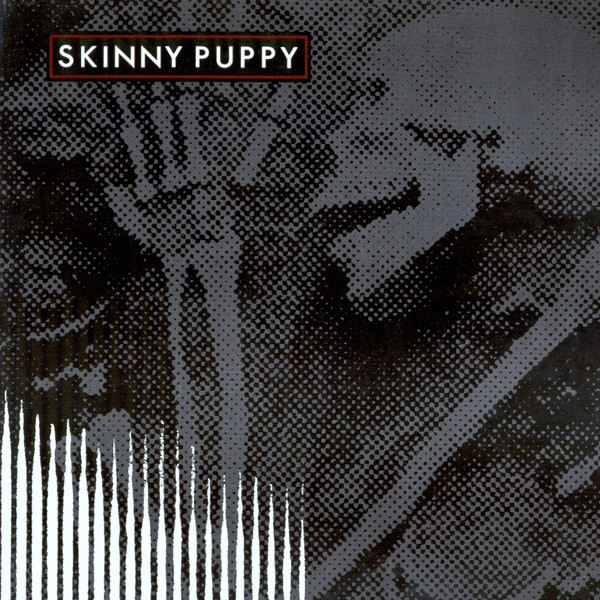
This month it’s 38 years ago Canadian industrial act Skinny Puppy released their very first EP Remission.
This month it’s 38 years ago Canadian industrial act Skinny Puppy released their very first EP Remission, a six track record, on Nettwerk Records (December 1984). In 1986, after their first full album Bites was released, Skinny Puppy released a cassette version of Remission with additional tracks expanding the release to a full-length album. In 1987 both albums Remission and Bites ended up together on one single CD album called Bites And Remission containing 17 tracks while the European PIAS version named Remission & Bites had only 14 tracks on it.
Besides the already recognizable and typical Skinny Puppy style the EP is filled with vocal samples taken from, amongst others, the 1943 Hitchcock movie Shadow Of A Doubt and even a sample of president Ronald Reagan’s speech about pornography as art.
The original release already contained some of Skinny Puppy’s classics songs like Smothered Hope, Far Too Frail and Solvent, tracks that still can be heard at many underground parties today.
Remission (original 12" vinyl version)
Back (Side A)
A1 Smothered Hope
A2 Glass Houses
A3 Far Too Frail
Side B -
Forth (Side B)
B1 Solvent
B2 Sleeping Beast
B3 Brap...
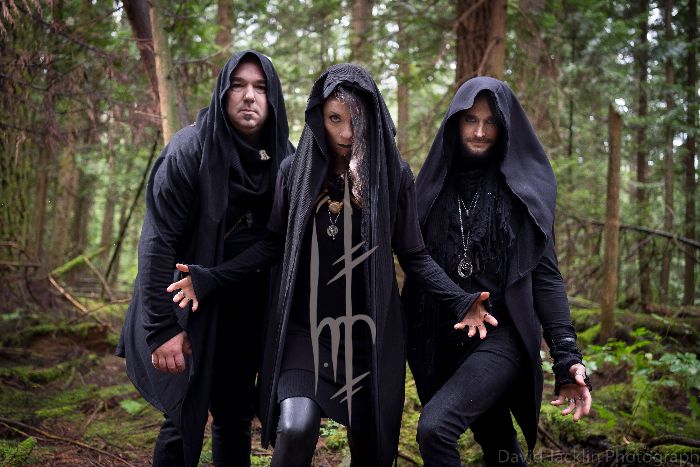
Dark electronic band, Hem Netjer, talks of releasing inner warriors with new single
"Elemental Cry" is the third single release from dark electronic folk band, Hem Netjer and appears on their upcoming album The Song Of Trees, scheduled for release at the end of February 2023.
"Elemental Cry" features themes of struggle, facing your fears and releasing your inner warrior to overcome odds. The song speaks from two different points of view; the verses from the warrior's view and the chorus from the general’s view. The warrior will have to fight in a battle they know they can’t win while the general's job is to support the clanmates so they can do the right thing even though they will not survive in the end.
The atmosphere, fueled by the lyrics is one of finding the strength within to be a part of something bigger. It's the realization that there are no divides between those who work and call themselves family.
Lines such as “we are the land and the flame, the air and the waves speak our name” speak to how your spirit and soul lives on in nature and the community around you when you are physically gone.
"Elemental Cry" is available on all major digital platforms including Bandcamp.

